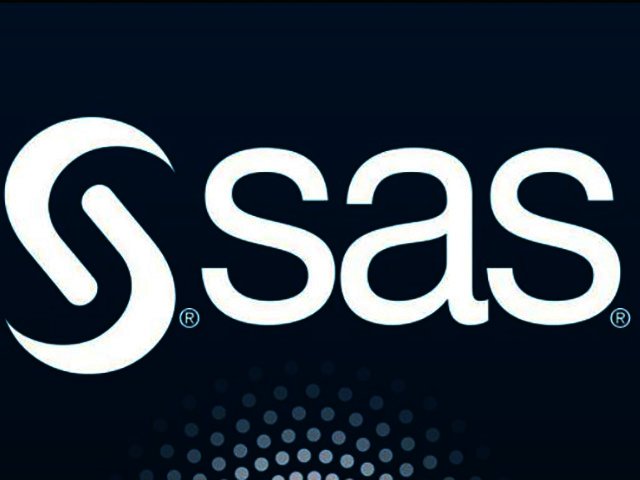Using AI & Advanced Analytics to beat insurance fraud in South Africa
By Staff Writer 7 May 2024 | Categories: feature articles
Despite higher inflation, interest rates and cost of living, the South African insurances market experienced a revival during the last two years, with the gross written premium across the local insurances market expected to show an annual growth rate of 5.14% from 2024 to 2028 (CAGR 2024-2028), achieving a market volume of US$100.30bn by 2028.
While cloud and advanced data analytics adoption remain catalysts to driving innovation and faster, more accurate intelligent decisioning, and thereby growth for modern insurers, the rise and increased sophistication of insurance fraud remains a top tier threat.
Significant steps have been taken to address fraud in the local insurances markets. In fact, reporting on 2022 data, the Association for Savings and Investment South Africa (ASISA) recorded that overall the local insurance industry saw a R77 million loss due to fraud and dishonesty, however losses amounting to R1.1 billion had been prevented.
Despite this, with the advent and accessibility of artificial intelligence (AI) in recent years, SAS believes that the world is entering a Dark Age of Fraud. Fraudsters are already leveraging sophisticated toolsets based on AI and machine learning to propagate financial crimes. For instance, AI and deepfake technology are helping fraudsters hone their multitrillion-dollar craft. Phishing messages are more polished. Imitation websites look stunningly legitimate. A crook can clone a voice with a few seconds of audio using simple online tools.
Given the size of the insurances market in South Africa, insurers are being spurred into action.
“Based on worldwide benchmarks, fraudulent claims comprise 3-7% in total claims number and up to 20-30% in claims amount paid. That’s why Motor, Health and Life Insurers must constantly modernise their fraud detection systems to address the increased sophistication of financial crimes also fuelled by growing poverty.
Fortunately, both regulation, competition and growing fraud complexity pushes insurers to rethink how they can leverage technologies like graph analysis, statistical anomaly detection, computer vision and text analytics to protect their business operations while also maintaining top level service to the decent customers,” says Stepan Vanin, Regional Leader of Insurance Business Advisory, META & APAC at SAS.
This is where the adoption of AI-enabled solutions that integrate AI and machine learning capabilities becomes essential. For example, SAS solutions enable insurers to detect suspicious activities through the lifecycle of a claim using a whole spectrum of technologies.
Sophisticated machine learning algorithms combined with a library of 200+ industry-validated business scenarios allow to detect strange claim circumstances and suspicious behavioural patterns. Automatic mathematical graph analysis adds more here by identifying typical collusion schemas between claim participants. Finally, computer vision allows to detect re-used or corrected photos submitted in other claims months ago.
The technology can also be used to stop potential fraudsters from taking out new policies at the point of policy inception. It empowers insurers to collect, manage, and analyse intelligence from any source to improve operational efficiency and effectiveness in the ongoing war against fraud.
AI provides insurers with access to tools that can take and digest data and create relationships between variables that they might never have thought about. AI also assists insurers to price and manage risk much better than before.
“An AI-enabled solution can help increase the accuracy and speed of agent fraud detection by using an analytical approach, anomaly detection techniques, and machine learning. Using such an integrated platform can also centralise and automate fraud detection logic in a single decisioning point while reducing investigation time and increasing the efficiency of investigations,” says Itumeleng Nomlomo, Senior Business Solutions Manager at SAS in South Africa.
Currently, many insurers rely on basic approaches to detect agent fraud – at the application and claims settlement stages. Very few fraud cases are detected due to a lack of an integrated process between automatic detection and case investigation. SAS assisted one of its global insurance customers in increasing the accuracy and speed of agent fraud detection by using an analytical approach.
This centralised and automated fraud detection logic in a single decisioning point. The result was an up to 40% increase in detected and confirmed agent fraud cases. It has saved the business millions of dollars in just one year in prevented losses and has reduced investigation time from several weeks to a few hours.
“With SAS, companies can use AI and machine learning techniques to identify which types of insurance transactions are likely to be fraudulent. AI techniques, including adaptive machine learning and unsupervised intelligent agents, can predict fraudulent transactions in real-time based on changes and inconsistencies in customer behaviour patterns,” adds Vanin.
Finding insurance fraud faster will enable organisations to stop it sooner. More importantly, by reducing false positives, they can improve the efficiency of investigations.
“Going with a hybrid analytics approach that uses multilayered detection methods to find fraud at the individual claim or new business transaction phases, will contribute significantly to reducing the financial impact of fraud. By reducing false positives with AI and machine learning, insurers can use analytics to ensure that the alerts highlighted for triage are significantly more likely to be provable fraud,” concludes Nomlomo.
Most Read Articles

Have Your Say
What new tech or developments are you most anticipating this year?



